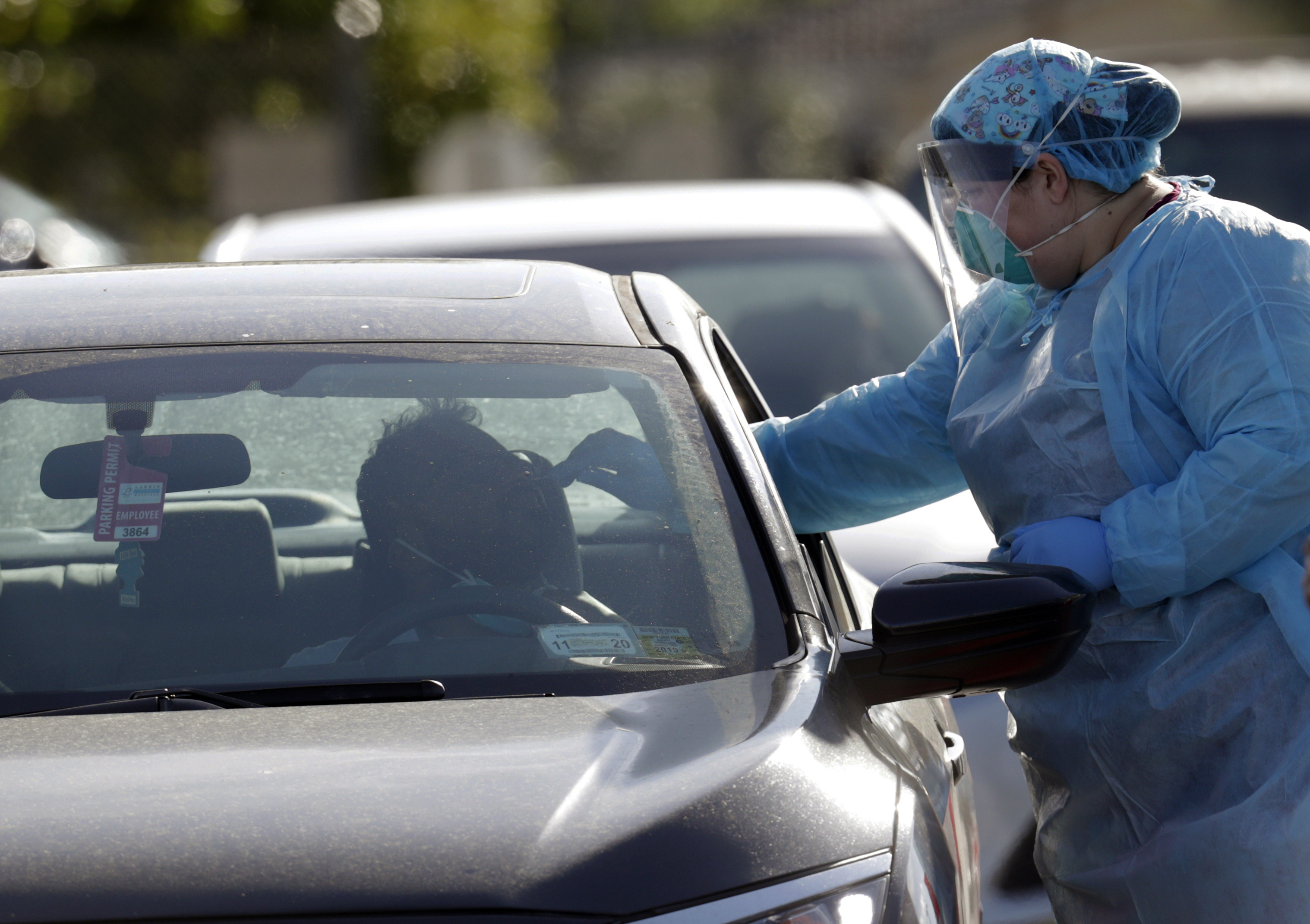President Donald Trump signed the Families First Coronavirus Response Act into law Wednesday night, the second bill passed this month designed to blunt the pandemic's impact.
But what does it mean for you?
Q: Am I getting a check? I hear we're all getting checks.
A: Not yet. That's being discussed for a third relief bill, which is wending its way through Congress and which some expect could be passed by March 20. But there's no guarantee that will pass, or what it will look like when it does. Treasury Secretary Steven Mnuchin, in a Fox Business interview Thursday, said if Congress passes the bill as currently designed, checks could go out in three weeks -- $1,000 per adult and $500 per child, with a second round of checks possible six weeks after that.
Q: So in the meantime, what exactly does this second bill offer?
A: These are some of the notable provisions that might benefit you:
- $500 million in additional funding for the Women, Infants and Children (WIC) nutrition program
- $400 million in additional funding for the Emergency Food Assistance Program
- $82 million in additional funding for the Defense Health Program
- $250 million in additional funding for food programs, including home delivery food programs, for the elderly and disabled
- Waivers to some requirements for school lunch programs
- Waivers to work requirements to be eligible for SNAP food programs
- New, temporary requirements that employers with more than 20 employees offer some paid sick leave time to their employees
- Extensions to, and additional funds for, unemployment benefits
- Free COVID-19 testing without co-pays or deductibles
Q: So when do I get that money?
A: Many of these benefits are simply extra funds for existing state programs, so as usual, you'll need to apply through your state.
Q: What about the first bill? What do I get from that?
A: The first relief bill, signed March 6, was largely dedicated to funding healthcare preparation to fight the virus, as well as vaccine research. There was some money in there for "telehealth," or remote doctor visits, but it was mostly not a bill for consumers.



